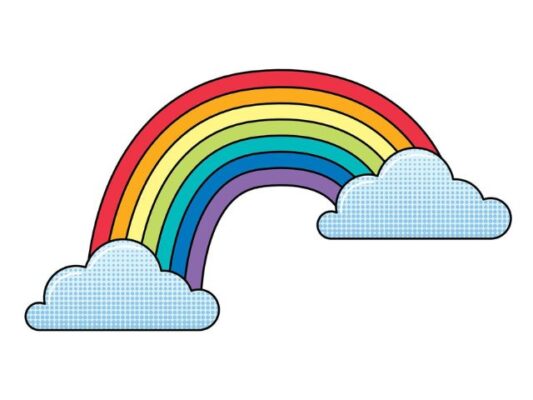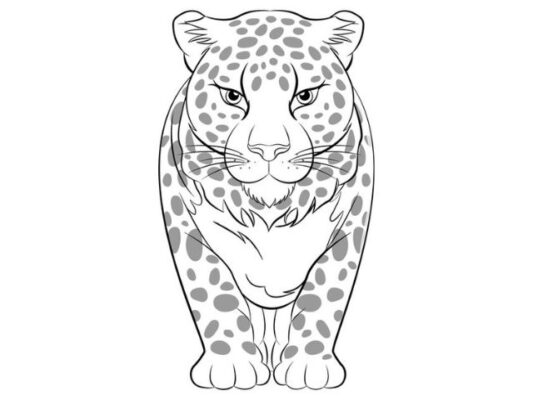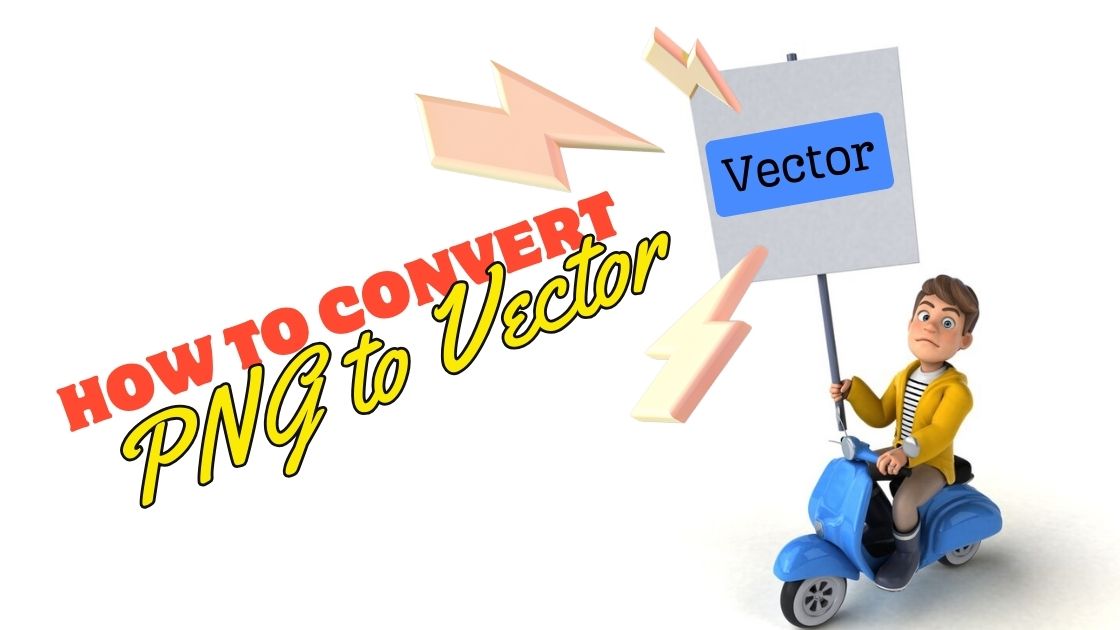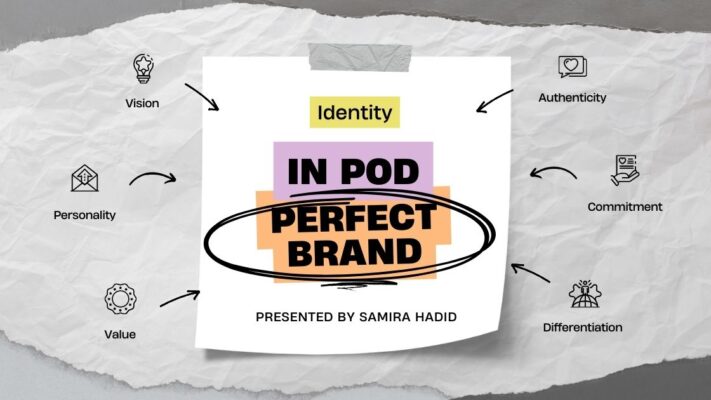Contents
- 1 Why Convert PNG to Vector?
- 2 How to Convert PNG to Vector:
- 3 Top 5 Online Image Vectorizers (Easy):
- 3.1 Vectorization:
- 3.2 Autotracer:
- 3.3 Vectorize:
- 3.4 Rapid Resizer:
- 3.5 Vector Magic:
- 3.6 Note:
- 3.6.0.1 How to Celebrate Mother’s Day Meaningful
- 3.6.0.2 30 Best Mother’s Day Messages Words from the Heart
- 3.6.0.3 Best 25 Meaningful Mother’s Day Gift Ideas
- 3.6.0.4 Perfect Brand Identity in POD: Tips for Success
- 3.6.0.5 Master Text Effects in Photoshop
- 3.6.0.6 Best 15+ Free Embroidery Patterns for You
Why Convert PNG to Vector?
“Although Portable Network Graphic or PNG files are widely used and preferred as an image format, there’s a restriction on how much you can resize them before you compromise their quality. To prevent this, converting your PNG file to a vector image is a great idea. With a vector format, you can resize the logo all you want without changing the image quality.” By Guiding Tech

Reduce Size and Optimize for Software and Website Images:
- Converting PNG to Vector helps make files smaller and optimize them for software and website images, improving efficiency and file management.
- Enables images to scale without losing detail or experiencing pixelation.
Create Documents for Large, Multi-Layered Graphic Projects:
- PNG to Vector conversion facilitates the creation of documents for large or complex graphics projects.
- Vectorized PNG images can be utilized as layers in multi-layered graphic projects, allowing for continuous editing on a layer-by-layer and shape-by-shape basis.
How to Convert PNG to Vector:
“PNG is short for Portable Network Graphic, a type of raster image file. It’s particularly popular file type with web designers because it can handle graphics with transparent or semi-transparent backgrounds. The file format isn’t patented, so you can open a PNG using any image editing software without the need for licensing.” By Adobe Illustrator

Vectorize an Image in Adobe Illustrator
- Choose Image:
-
-
- Select an image suitable for conversion, preferably with a white or transparent background and low resolution.
-
- Select Image Trace Options:
-
-
- Open the image in Illustrator and choose “Image Trace” to initiate the vectorization process.
-
- Select Preset:
-
-
- Choose an appropriate preset for the image format being converted, such as high fidelity photo or low fidelity photo.
-
- Automatic Tracing:
-
-
- The selected preset will initiate automatic file tracing.
-
- Adjust Using Image Trace Panel:
-
-
- Open the Image Trace Panel to fine-tune the process. Select the mode to switch between color, grayscale, and black and white.
-
- Color and Ungroup Options:
-
-
- Move the Colors slider to simplify or add details. Ungroup the colors to create composite shapes.
-
- Edit and Delete:
-
-
- Edit the vector image by removing unnecessary colors using Select > Same > Fill Color and press Backspace.
-
- Save File:
-
-
- Save the vectorized file using File > Export > Export As.
-

Top 5 Online Image Vectorizers (Easy):
-
Vectorization:
-
-
- Supports conversion to vector formats such as EPS, SVG, and PDF.
- Maximum file size: 5MB, recommended maximum dimension: 3000x3000px.
- Supported input formats: JPG, PNG, JPEG, PDF.
-
-
Autotracer:
-
-
- No download or registration required.
- Maximum file size: 6MB, supported input formats: JPG, PNG, JPEG, PDF.
- Maximum dimension: 5000×5000.
-
-
Vectorize:
-
-
- Converts PNG, BMP, and JPEG files with a maximum size of 1MB to vector format.
- Supports color and grouping customization.
-

-
Rapid Resizer:
-
-
- Converts raster images to PDF, SVG, AI, DXF, or EPS formats.
- Works well with black and white drawings.
- Allows selecting file sharpness and choosing outline or centerline files.
-
-
Vector Magic:
-
- Converts JPG, GIF, and PNG files to PDF, SVG, and EPS vector formats.
- Free to use, supports automatic or manual conversion.
- Offers options to customize file colors and remove backgrounds.
Note:

“It is important to note that automatic vectorization tools can sometimes produce imperfect results. If you need a high-quality vector image, it is best to manually trace the image using a vector graphics software.” By user Khaliq Mehmood
Related posts







